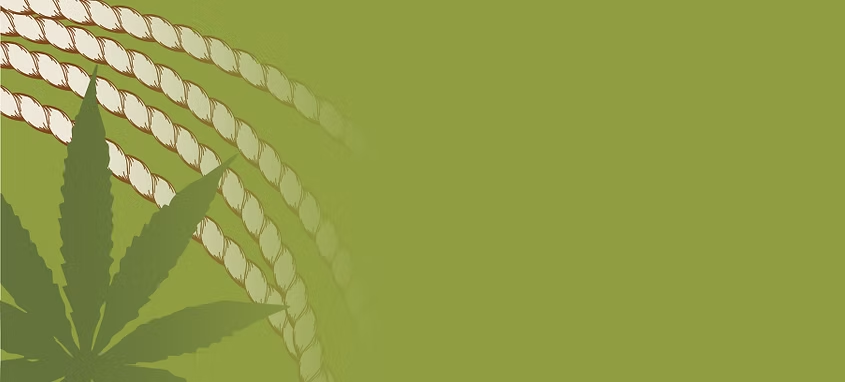OUR AMAZING PAST.
THE CIVIL WAR, AND MORE
Lexington was the site of the largest battle in the Trans-Mississippi Theater of the American Civil War. The battlefield on the bluffs of the Missouri River is now a state park where the trenches in the battlefield are still visible today. Experience the historic Anderson House that was utilized as a hospital and seized by both sides in the battle known as the Battle of the Hemp Bales. Historian-led tours and a pristinely preserved museum of artifacts and stories make this a must-see national heritage destination.
Please note: Due to Covid-19, please check with individual venues for possible revised hours and/or other restrictions.
Explore Our Rich History
Discover the past and make your own memories along the way.

TOUR HOURS
Summer Hours (On-Season)
-
April through July
Tours offered at 10 a.m., noon and 2 p.m., Tuesday through Sunday
No tours on Monday -
August through October
Tours offered at 10 a.m., noon and 2 p.m., Wednesday through Sunday
No tours on Monday or Tuesday
Winter Hours (Off-Season)
-
November through March
Tours are by appointment only. No tours Monday or Tuesday.
Tours can be reserved online on our reservation website or by visiting the site. For more information, contact the site at 660-259-4654.
VISITOR CENTER HOURS
Summer Hours (On-Season)
-
April through October
9 a.m. to 5 p.m., Tuesday through Saturday and holiday Mondays
10 a.m. to 5 p.m., Sunday
Winter Hours (Off-Season)
-
November through March
10 a.m. to 5 p.m., Wednesday through Sunday and holiday Mondays
Summer Hours (On-Season)
-
April through October
9 a.m. to 5 p.m., Tuesday through Saturday and holiday Mondays
10 a.m. to 5 p.m., Sunday
Winter Hours (Off-Season)
-
November through March
10 a.m. to 5 p.m., Wednesday through Sunday and holiday Mondays


Lexington's CANNIBIS CONNECTION
Hemp played a vital role in Lexington’s commerce and history. Used for rope and textiles, riverboats loaded and moved our hemp crops throughout the country.
But there’s even more to the story of our cannabis connection. In 1861, using hemp bales to deflect bullets, Confederates (actually Missouri State Guard troops) rolled them up the bluff of the Missouri River to defeat Union positions. It forced them to surrender.
Tour the battlefield and learn more about this fascinating story at The Battle of Lexington State Historic Site.

The Battle of Lexington
HOVER OR TAP TO READ THE STORY
The first year of the Civil War in Missouri began with the Unionists quickly gaining the upper hand. By the end of June, the pro-Southern governor and members of the cabinet and legislature had been driven into exile and a provisional pro-Union government had been created to rule the state. The tide turned on Aug. 10, 1861, when a Union army was defeated at the bloody Battle of Wilson's Creek near Springfield. This set the stage for a rebel offensive into the heart of the Missouri River valley. In late August, the commander of the pro-Southern State Guard forces, Maj. Gen. Sterling Price, set his 7,000 men in motion. Their objective was the prosperous and strongly pro-Southern Missouri River town of Lexington. While Price was advancing on Lexington, a body of 2,700 Federals under the command of Col. James A. Mulligan had fortified themselves inside the grounds of the Masonic College on the northern end of town.
The siege ended on the third day in a dramatic and unusual way. The Southerners had discovered a quantity of hemp bales in a nearby warehouse and arranged these bales in a line on the west side of the Union entrenchments. They then began rolling the bales ever closer to the line of trenches. The panicked Federals unleashed their artillery into the moving breastwork, but their cannon balls had little effect on the dense bales. By early afternoon, the snakelike line of bales had advanced close enough to the Union trenches for a charge, and the defenders of that sector engaged in a brief but bloody hand-to-hand fight before being driven back into their entrenchments. By now, Mulligan and most of his officers were wounded and he realized that the time for surrender had come.
The casualty count from the Battle of Lexington was 25 killed and 75 wounded on Price's side, while the Federals had 39 killed and 120 wounded. Price did experience some immediate gains from the battle. He captured five artillery pieces, 3,000 rifles, and 750 horses, all of which were highly beneficial to his under-equipped army. Beyond that, he returned some $900,000 that the Federals had looted from the local bank - and, he became a hero throughout the South. But his long-term gains were less significant.
In response to the defeat at Lexington, the Union commander in Missouri, Gen. John C. Fremont, mounted a massive force to drive Price from Missouri. In the face of this threat, Price had little choice but to retreat back to southwest Missouri. Lexington and the Missouri River Valley once again returned to Union control.
